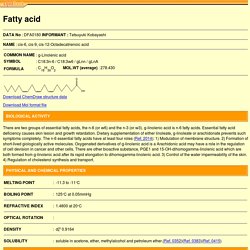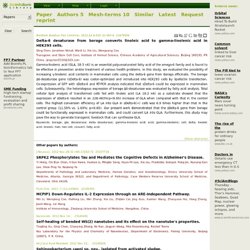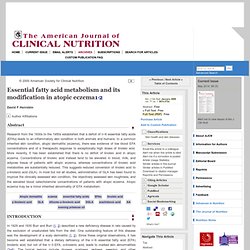

Google. Google. Brassicaceae: Wildflowers of the Mustard Family (Cruciferae). Pictures and help with wildflower Identification from Thomas J. Elpel, author of Botany in a Day. The easy way to identify flowers. Mustard Family (also known as Cruciferae) Key Words: 4 petals and 6 stamens--4 tall and 2 short.

Mustard flowers are easy to recognize. If you have a radish or turnip blooming in the garden, then take a close look at the blossoms. When identifying flower parts, it is best to start on the outside of the flower and work towards the middle like this: sepals, petals, stamens, and pistil(s). On the outside of the mustard flower you will see 4 sepals, usually green. For the purposes of the Mustard family, all you need to remember is "4 petals with 6 stamens--4 tall and 2 short". All species of Mustard are edible, although some taste better than others. Most members of the Mustard family are weedy species with short lifecycles like the radish.
Also be sure to look closely at a Mustard seedpod, called a silicle or silique, meaning a pod where the outside walls fall away leaving the translucent interior partition intact. Willdenowia, Bd. 19, H. 2 (Apr. 23, 1990), pp. 271-365. Peter Lapinskas - Publications. Wild Crop Relatives: Genomic and Breeding Resources. Oilseeds. Technological Innovations in Major World Oil Crops, Volume 1: Breeding. Perennial Vegetables: From Artichokes to Zuiki Taro, A Gardener's Guide to ... - Eric Toensmeier.
Fatty acid(DFA0180) DATA No : DFA0180 INFORMANT : Tetsuyuki Kobayashi NAME : cis-6, cis-9, cis-12-Octadecatrienoic acid There are two groups of essential fatty acids, the n-6 (or w6) and the n-3 (or w3). g-linolenic acid is n-6 fatty acids.

Essential fatty acid deficiency causes skin lesion and growth retardation. Dietary supplementation of either linoleate, g-linoleate or arachidonate prevents such symptoms completely. The n-6 essential fatty acids have at least four roles (Ref. 2014): 1) Modulation of membrane structure. 2) Formation of short-lived giologically active molecules. Delta-6 desaturase from borage converts linoleic acid to gamma-linolenic acid in HEK293 cells. Transgenic and Stem Cell Core, Institute of Animal Science, Chinese Academy of Agricultural Sciences, Beijing 100193, PR China. qingchen5110@163.com Gamma-linolenic acid (GLA, 18:3 n6) is an essential polyunsaturated fatty acid of the omega-6 family and is found to be effective in prevention and/or treatment of various health problems.

In this study, we evaluated the possibility of increasing γ-linolenic acid contents in mammalian cells using the delta-6 gene from Borago officinalis. The borage Δ6-desaturase gene (sDelta-6) was codon-optimized and introduced into HEK293 cells by lipofectin transfection. Co-expression of GFP with sDelta-6 and RT-PCR analysis indicated that sDelta-6 could be expressed in mammalian cells. Subsequently, the heterologous expression of borage Δ6-desaturase was evaluated by fatty acid analysis. Other papers by authors: Institute of Immunology, Zhejiang University School of Medicine, Hangzhou, China. Nanjing Agricultural University. Latest similar papers: Home0001. Essential fatty acid metabolism and its modification in atopic eczema. © 2000 American Society for Clinical Nutrition David F Horrobin + Author Affiliations Abstract Research from the 1930s to the 1950s established that a deficit of n−6 essential fatty acids (EFAs) leads to an inflammatory skin condition in both animals and humans.

In a common inherited skin condition, atopic dermatitis (eczema), there was evidence of low blood EFA concentrations and of a therapeutic response to exceptionally high doses of linoleic acid. In 1929 and 1930 Burr and Burr (1, 2) described a new deficiency disease in rats caused by the exclusion of unsaturated fats from the diet. The skin abnormalities that were noted primarily in rats and guinea pigs were also recorded in humans (3, 20–22). Hansen was a pediatrician working at the University of Minnesota and a friend of the Burrs around the time that they made their EFA discovery.
The few methods available for blood EFA analysis in the 1930s were effectively limited to measurement of the iodine number. INFORMATION.